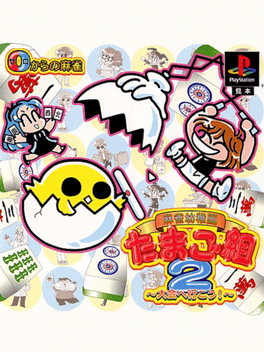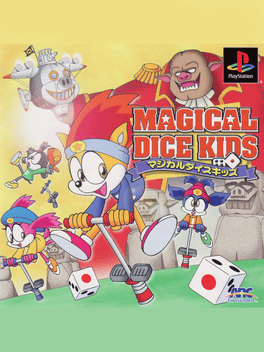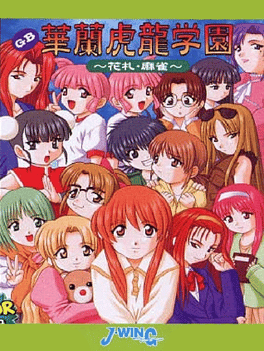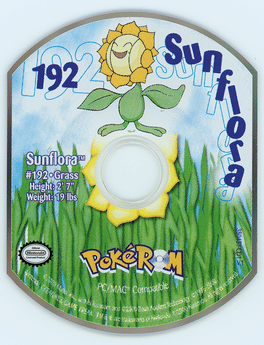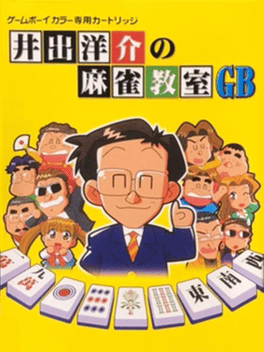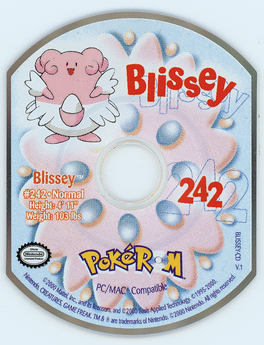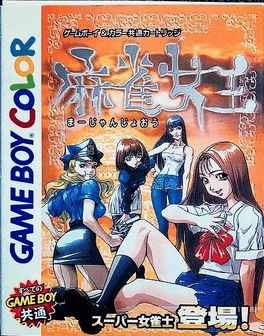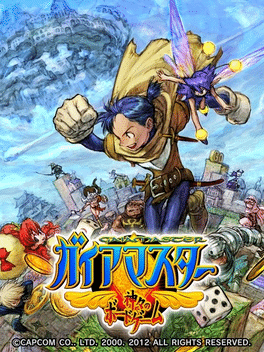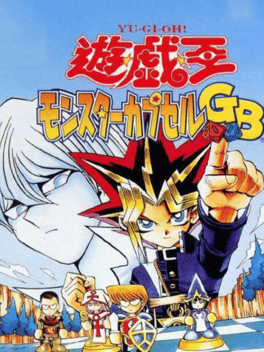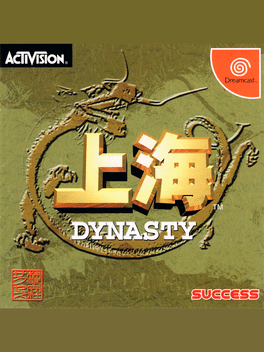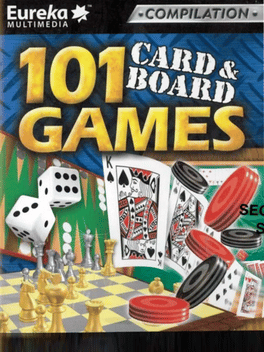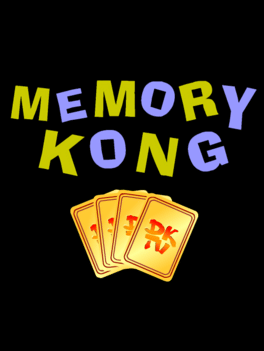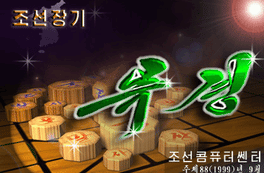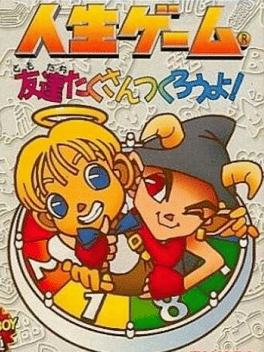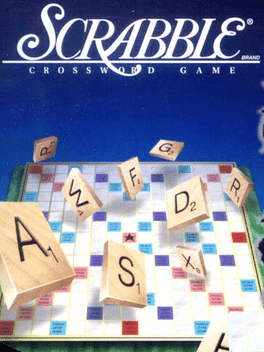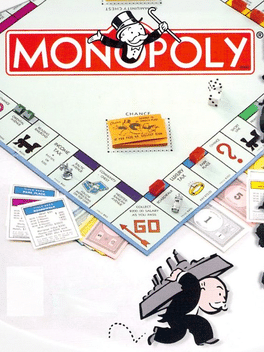New Card Board Game Games - Page 53
-
0 Kara no Mahjong: Mahjong Youchien - Tamago Gumi 2
2000
A direct sequel to 1999's mahjong game for kids 0 Kara no Mahjong: Mahjong Youchien - Tamago Gumi. -
Jahmong
2000
Jahmong
2000
Jahmong is a Sega Dreamcast online mahjong game developed and published by Visit. Released exclusively in Japan in August 2000, Voice recognition mahjong game. It's a hot game with a voice recognition system like never before, with increased luck depending on the size of your voice. Play against strong enemies all over the country at Gourmet Mode. From Hokkaido in the north to Kyushu in the south, around the country, get all the local specialties!! -
Magical Dice Kids
2000
Magical Dice Kids
2000
Magical Dice Kids is a board game in which the player (or players since the game allow up to 4 human players using the multi-tap) can play in vs or story mode in a 3d graphics board game. -
Karan Koron Gakuen: Hanafuda - Mahjong
2000
The familiar classic game Hanafuda and Mahjong are coupled with GBC. A unique feature of handheld game consoles, you can easily enjoy Hanafuda and Mahjong anywhere. Let's enjoy the game with 16 cute Hanaran Toryu Gakuen girls who appear in the game. Hanafuda is based on the basic rule of "Koikoi", and there are three modes: "Tournament mode" where you can win out, "Dan certification mode" where you can be certified by winning, and "Competition mode" where you can play against your friends. Mahjong is a three-player mode with four players: "brute force mode" where you can play against all characters, "computer mode" where you can play a tournament-style battle, and "competition mode" where you can enjoy playing against friends. -
PokéROM: Sunflora
2000
-
Ide Yosuke no Mahjong Kyoushitsu GB
2000
Ide Yosuke no Mahjong Kyoushitsu GB is a Japanese Mahjong game for the Game Boy Color. -
PokéROM: Blissey
2000
-
Mahjong Jo-ou
2000
-
Art Camion Sugorokuden
2000
One to four players compete in a board game to become the top "art trucker" in Japan. Players make deliveries across the game board and earn Trucker Points they can use to customize their art truck (dekotora). -
Gaia Master
2000
Gaia Master
2000
Every one hundred years, a gnome known as Gaia Master and his floating kingdom appear in the sky. This entity regards man as mere pawns to be used in a board game akin to Parker Brothers' Monopoly. Apparently, medieval monopoly machinations make for much mirth. -
Yu-Gi-Oh! Monster Capsule GB
2000
Yu-Gi-Oh! Monster Capsule GB is a video game for the Game Boy Color. It has only been released in Japan. The game takes most of its inspiration from the manga's Monster World story arc and the Capsule Monsters stories, using both Duel Monsters and Capsule Monsters. -
Shanghai: Dynasty
2000
-
The Pro Mahjong: Menkyo Minnaten
2000
The Pro Mahjong - Menkyo Kaiden is a mahjong game that features 5 different boards, 2 game modes: - Tournament: Compete against different opponents advancing rounds. - Free Mode: Play mahjong games against 15 Japanese spies of the Japan Pro Mahjong Federation opponents. In the tournament domination mode, you can challenge the ranking certification exam at each rank. -
101 Card & Board Games
2000
101 Card & Board Games is a collection of board and card games for PC that was released by Eureka in 2000 in Australia. -
Bonzi's Solitaire
1999
Bonzi's Solitaire
1999
Bonzi's Solitaire is the Solitaire game built into the 1999 desktop assistant Bonzi Buddy. Bonzi Buddy is a discontinued freeware desktop virtual assistant created by Joe and Jay Bonzi. Upon a user's choice, it would share jokes and facts, manage downloads, sing songs, and talk, among other functions. People called it spyware after it was found out to have collected user's personal information before serving them pop-up ads. Because of this, it had to pay $75k in fines, and was discontinued in 2004. -
Memory Kong
1999
-
Choson Janggi
1999
Choson Janggi
1999
Choson Janggi is a video game version of Janggi, a traditional Korean strategy board game, developed for PC by Korea Computer Center. -
Scrabble
1999
-
Monopoly
1999
